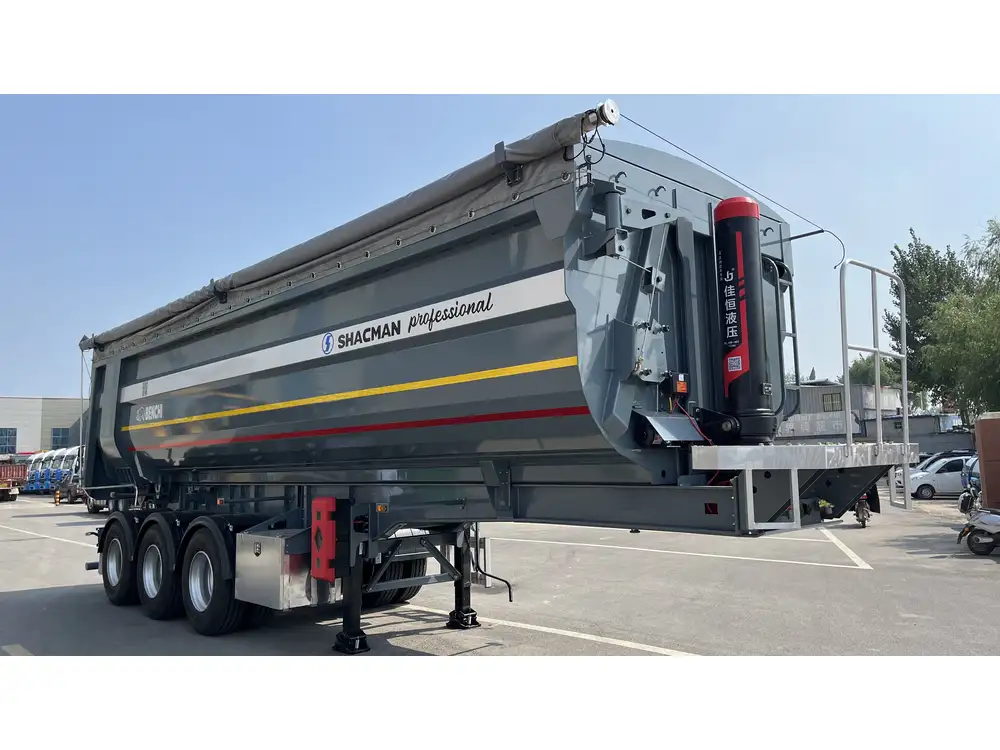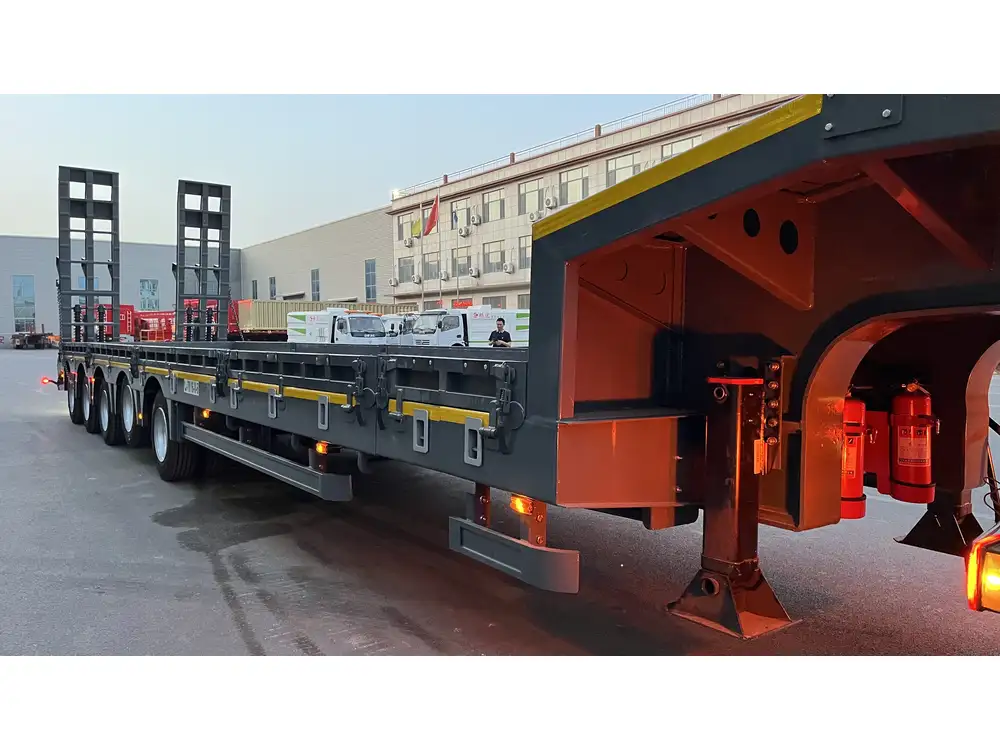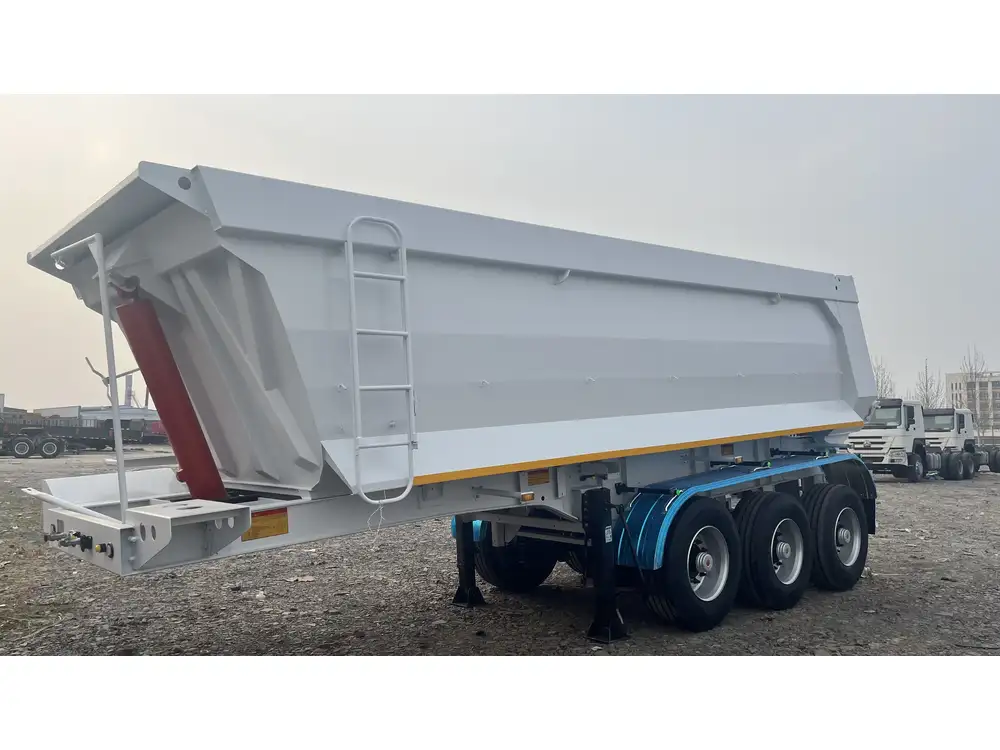Building a dump bed for a 16 ft trailer is a rewarding project that can significantly enhance the utility of your trailer. Whether you are looking to transport heavy materials for construction, landscaping, or any other purpose, a well-constructed dump bed will streamline your operations and make your workflow more efficient. In this article, we will provide a comprehensive, step-by-step guide to constructing your own dump bed, highlighting important considerations and specifications along the way.
Understanding the Dump Bed Design
Why Choose a Dump Bed?
Before diving into the construction process, it’s important to understand the advantages:
- Efficient Loading and Unloading: Dump beds allow for rapid unloading of contents, crucial for time-sensitive tasks.
- Increased Versatility: A dump bed can manage a variety of materials, including dirt, gravel, and other bulk supplies.
- Cost-Effective Solution: Building your own dump bed can save significantly compared to purchasing a pre-built trailer.

Key Features of a Dump Bed
An effective dump bed should have certain characteristics:
- Hydraulic Lift Mechanism: Ensures smooth raising and lowering of the bed.
- Durable Materials: High-quality steel or aluminum for robustness.
- Bed Dimensions: Adapted accurately for the 16 ft trailer, considering the weight distribution.
Materials Required
To successfully construct a dump bed, gather the following materials:
| Material | Quantity | Description |
|---|---|---|
| Steel or Aluminum Sheets | 2 | For the bed floor. |
| Angle Iron | 30 ft | To create the frame and supports. |
| Hydraulic Cylinder | 1 | For the lifting mechanism. |
| Hydraulic Pump | 1 | Powers the hydraulic cylinder. |
| Hinge Sets | 2 | For pivoting the dump bed. |
| Bolts & Nuts | Various | For assembly and securing connections. |
| Paint/Coating | 1 can | For rust protection. |
Step-by-Step Construction Process

Step 1: Planning and Measurements
Before starting the actual construction, meticulous planning is crucial.
- Measure the trailer length and width accurately.
- Decide on the height of the dump bed considering material loading requirements.
- Draft a blueprint, indicating the position of the hydraulic lift and the hinge mechanism for the tailgate.
Step 2: Constructing the Frame
Using the angle iron, construct the frame of the dump bed:
- Cut the Angle Iron: Measure and cut pieces to create the rectangular perimeter.
- Weld the Frame: Join the corner pieces with welds to create a sturdy frame.
- Add Cross Bracing: Incorporate additional angle iron diagonally for enhanced strength.
Step 3: Fabricating the Bed Floor
- Using steel or aluminum sheets, cut the bed floor to fit within the frame created.
- Drill holes for securing it to the frame.
- Attach Floor: Secure the sheet to the frame using bolts and nuts, ensuring that it is flush and free from any movement.

Step 4: Installing the Hydraulic Mechanism
Hydraulic Cylinder Installation
- Select a Mounting Location: Attach the hydraulic cylinder to the frame close to the front of the trailer bed.
- Secure the Cylinder: Use bolts to ensure it’s fastened tightly; it should have a clear path to lift the bed without obstruction.
Hydraulic Pump Connection
- Connect the hydraulic pump to the cylinder, following manufacturer guidelines for the connection process.
- Ensure that hydraulic hoses are not pinched or kinked during setup.

Step 5: Adding Hinge Mechanism
- Install the Hinges: Attach heavy-duty hinges at the back of the bed to allow pivot motion. These hinges will enable the bed to tilt for dumping materials.
- Test Movement: Once installed, manually test the motion to ensure the bed can pivot without wobble.
Step 6: Wiring and Electrical Setup
If your hydraulic pump requires electrical power:
- Install Battery Setup: Ensure your trailer has a sufficient battery power supply.
- Connect Wiring: Run wiring from the battery to the hydraulic pump. Be sure to use appropriate gauges and secure connections.
Step 7: Finishing Touches
- Paint and Rust Prevention: Apply a protective coating to prevent rust. This is essential especially given that the dump bed will be exposed to outdoor conditions.
- Safety Features: Add safety chains and reflectors for optimized safety when on the road.

Troubleshooting Common Issues
Hydraulic Problems
- Poor Lifting Power: This could be due to air trapped in hydraulic lines. Bleed the system by allowing hydraulic fluid to escape until it runs smoothly.
- Leaking Hydraulic Fluid: Check connections and fittings; replace any faulty components.
Structural Concerns
- Wobbling or Instability: Reinforce the bed by adding cross braces. Ensure bolts are always tight.
- Hinge Failure: Regularly inspect for wear and replace hinges as necessary to avoid failure during use.

Maintenance Tips for Your Dump Bed
Consistent maintenance extends the life of your dump bed:
- Regular Inspections: Check for signs of wear in hydraulic lines and structural integrity.
- Lubrication: Apply grease to hinge points and moving parts to ensure smooth operation.
- Clean Out Debris: After usage, remove dirt and grime that can lead to premature wear.
Conclusion
Constructing a dump bed for a 16 ft trailer can be a substantial enhancement in terms of functionality and efficiency. By following the detailed guidelines and considering critical features and materials, you can create a robust and reliable dump bed tailored to your specific needs. Remember, ensuring proper maintenance will prolong the life of your investment and maximize your trailer’s utility.
Additional Resources
For further reading and diagrams on hydraulic systems and trailer modifications, consider checking:
- Technical manuals on hydraulic systems
- Online forums and communities for trailer builders
- Videos demonstrating hydraulic bed installations
By employing the strategies discussed and maintaining vigilance about safety and functionality, your dump bed will serve you well in all your hauling endeavors.



